Neumann M149 Microphone
Door negen verschillende richtkarakteristieken kan de M 149 Tube voor zeer uiteenlopende akoestische opname-situaties aangepast worden. Zoals zijn voorgangers is hij bijzonder geschikt voor spraak en stem. Dit is niet alleen vanwege de capsule, maar ook door de extreem lage body-noise levels van zijn moderne circuits.
De M 149 Tube wordt van de zijkant besproken. Zijn voorkant wordt aangegeven door een fabrikant-markering en een polar karakteristiek schakelaar. Onder de capsule zorgt een kegel voor de verspreiding van het geluid over de bovenste half-ruimte, zodat er geen storend interferentie met de directe geluids-delen. Ter bescherming tegen body-noise-transmissie is de capsule elastisch gemonteerd. De capsule word door de grote microfoon korf van de M 49 omringt, die nu akoestisch meer open en dus neutraler is.
Er zijn negen karakteristieken: omnidirectioneel, brede cardioïde, cardioïde, hyper-cardioïde en figuur acht met elk een tussenpositie in.
In tegenstelling tot andere buizenmicrofoons, wordt bij de M 149 Tube een speciaal geselecteerde buis (Triode) gecombineerd met de modernste elektronische schakelingen. Het doel van de ontwikkeling was om de bijzondere transmissie-eigenschappen van een tube te benutten en het hiermee versterkte capsule-signaal gecontroleerd, onvervalst en feedback-vrij naar de microfoon uitgang te brengen. Daarom word de, bij tube-microfoons gebruikelijke, output-transformator niet gebruikt. In plaats daarvan word een geïntegreerde versterker met zeer lage distortions (THD <0.002% at ± 10 V), zeer lage ruis-spanning en hoge stroom capaciteit gebruikt, die zeer geschikt is voor audio signalen. Dus is de Tube volledig van de microfoonuitgang ontkoppeld en word met zijn typische karakteristieken tot zeer hoge niveus voor de input-signaal-processing gebruikt. Vanwege de hoge output-current-capaciteit zijn voor de M 149 Tube kabellengtes tot en met 300 meter geschikt, zonder dat er moet worden ingeleverd op signaal kwaliteit. De Tube versterkt de capsulespanning met circa 10 dB en elimineert daarmee invloeden van nabijgelegen aangesloten elektronica. Desondanks word een zeer hoog dynamisch bereik behaald, omdat een peak-output stroom van ± 10V beschikbaar is bij 20 mA. Het ideale operatie-punt (anode-stroom, hitte spanning) van de tube word gedurende zijn gehele levensduur gestabiliseert. De in de microfoonkabel ontstane spanning wordt door een sensorlijding gedetecteerd en gecompenseerd. De verhitting van de tube gebeurt geleidelijk om een lange levensduur te garanderen.
Op de achterkant van de microfoon bevindt zich een extra slide-switch. Deze bedient een high-pass filter welke zijn cut-off frequentie (3 dB) in stappen van een half octaaf tussen 20 Hz en 160 Hz geschakeld kan worden. Dit maakt het mogelijk storingen van air-conditioning systemen of impact geluiden zeer nauwkeurig uit te mixen. Bovendien kan bijvoorbeeld het volume van de een stem met gebruikt van het Proximity-effect flexibel gedimensioneerd worden.
De M 149 Tube word via een 8-dradige kabel van zijn speciale-voeding (N 149) gevoed. Aan die uitgang ligt het microfoonsignaal op een 3-polige XLR-stekkerverbinding. De microfoon word in een aluminium koffer als set samen met de 8-polige microfoonkabel, de spanningsvoorziening N 149 en de elastische ophanging EA 170 geleverd.
- Akoestische operatie-wijs Pressure gradient ontvanger
- Richtarakteristieken: Omnidirectioneel, brede cardioïde, cardioïde, hyper cardioïde, figuur 8 en elk een tussenpositie
- Frequentiebereik: 20 Hz ... 20 kHz
- Gevoeligheid bij 1 kHz tot 1 kOhm: 34/47/62 mV / Pa (omni / cardioïde/ Eight)
- Nominale impedantie: 50 Ohm
- Nominale belasting impedantie: 1000 Ohm
- Stoorspannings ruisniveau CCIR468-3: 28/25/23 dB (omni / cardioïde/ Eight)
- Stoorspannings geluidsniveau DIN / IEC651: 16/13/11 dB-A
- Ruisverhouding CCIR 468-3: 66/69/71 dB
- Ruisverhouding DIN / IEC651: 78/81/83 dB
- SPL (tube kenmerk) voor K <0,5% 120 dB / K <5% 136 dB
- Maximale uitgangsspanning 18 dBu
- Dynamisch bereik van de versterker DIN / IEC651 voor k <0,5% (K <5%): 101 (121) dB
- N 149 spanningsvoorziening
- Gewicht 730 g
- Diameter 70 mm lengte 201 mm
- Inclusief aluminium behuizing, 8-pins microfoon kabel, N 149 A spanningsvoorziening, elastische ophanging EA 170, stof-cover


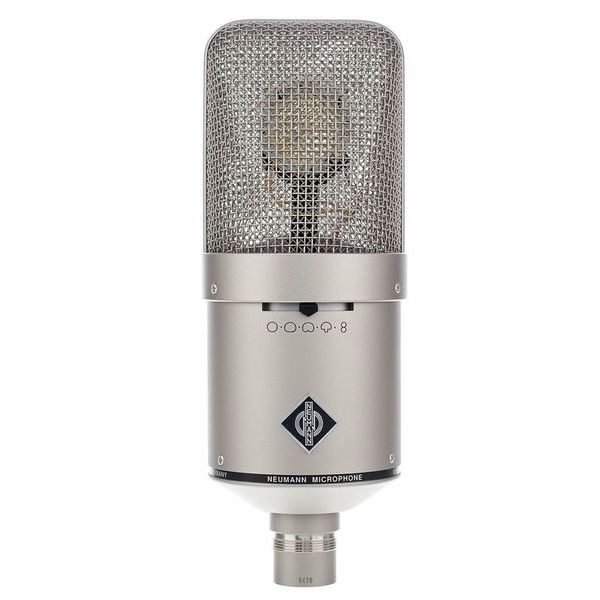
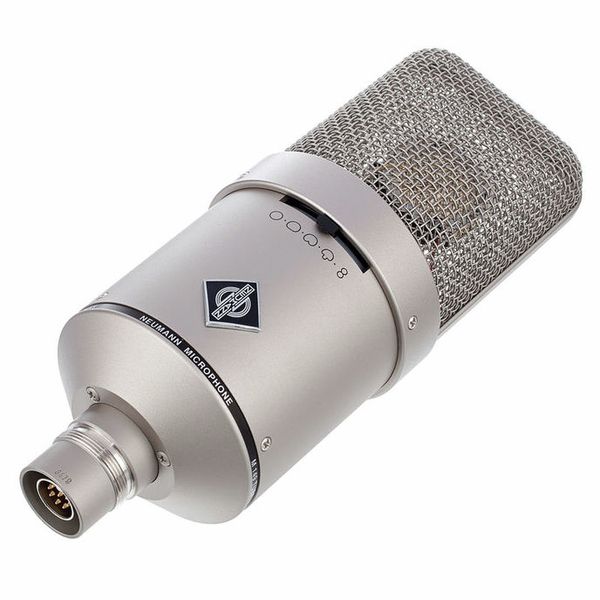
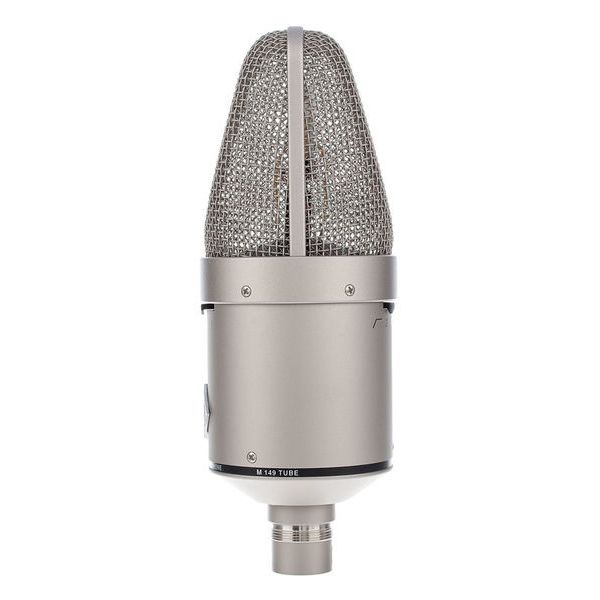
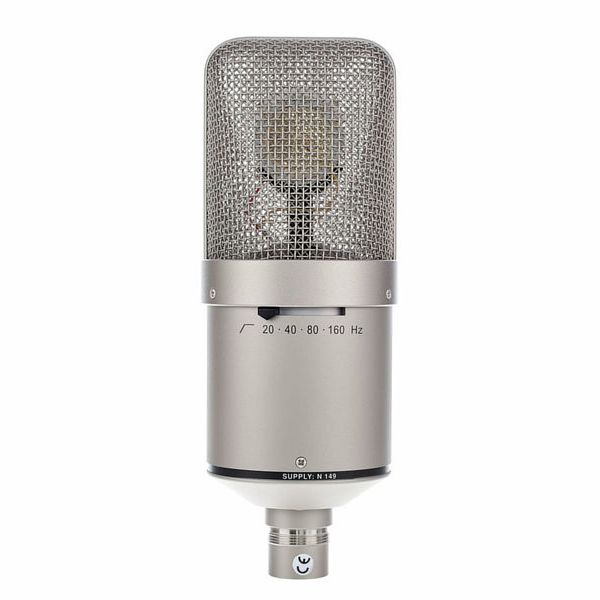
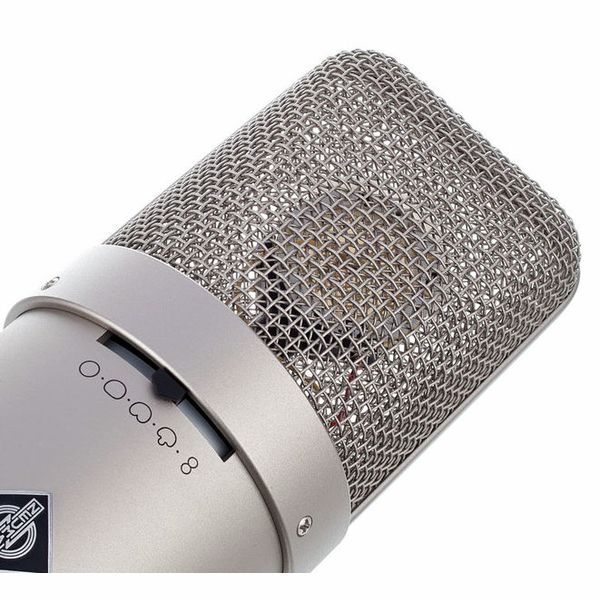
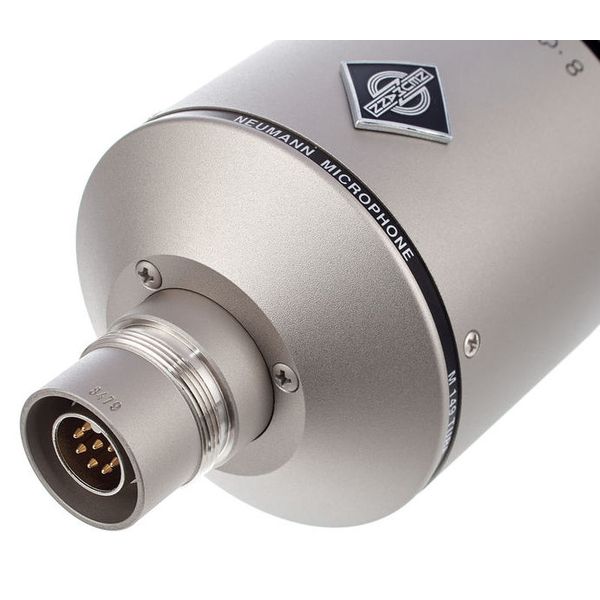
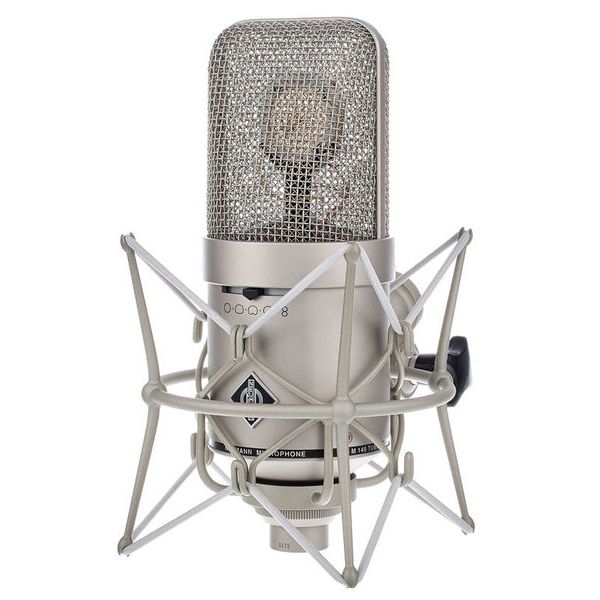
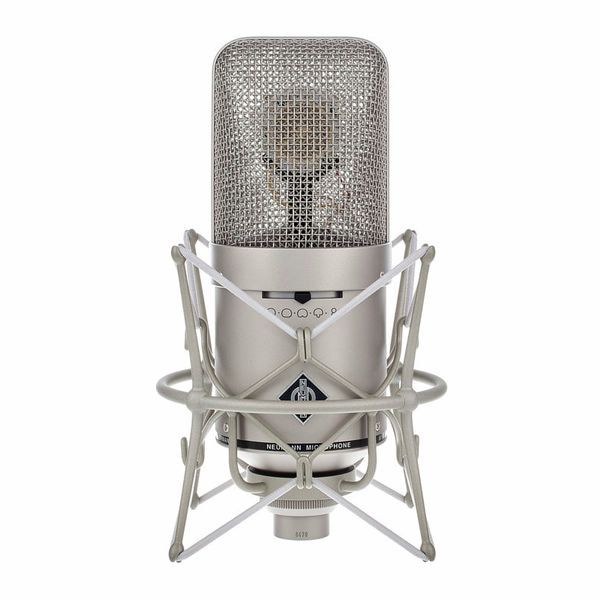
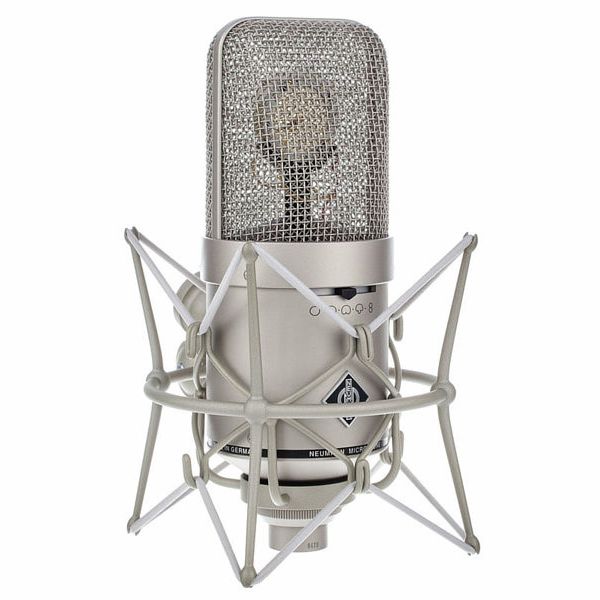

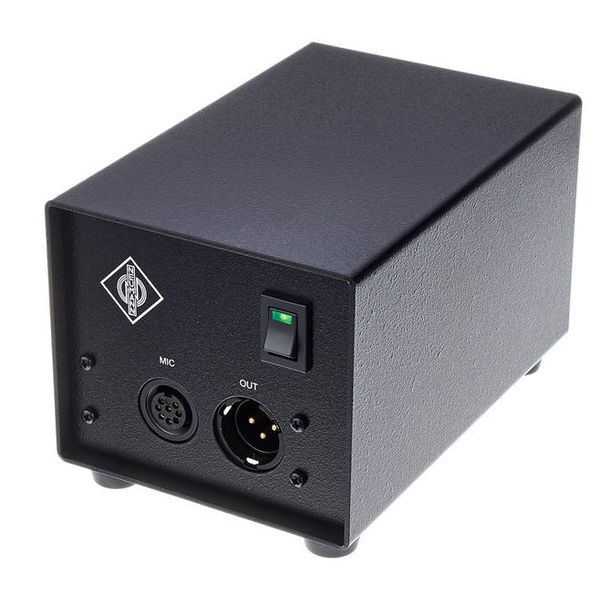
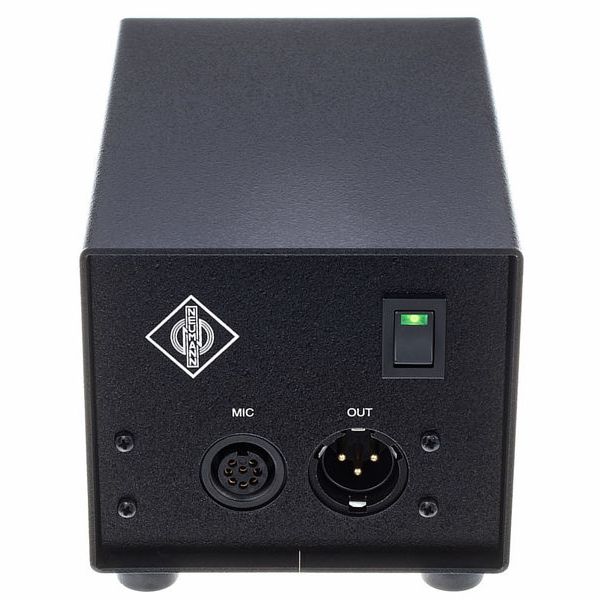
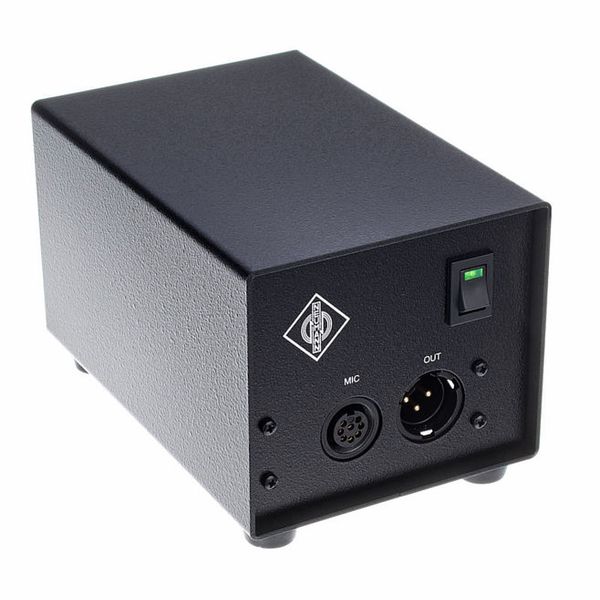
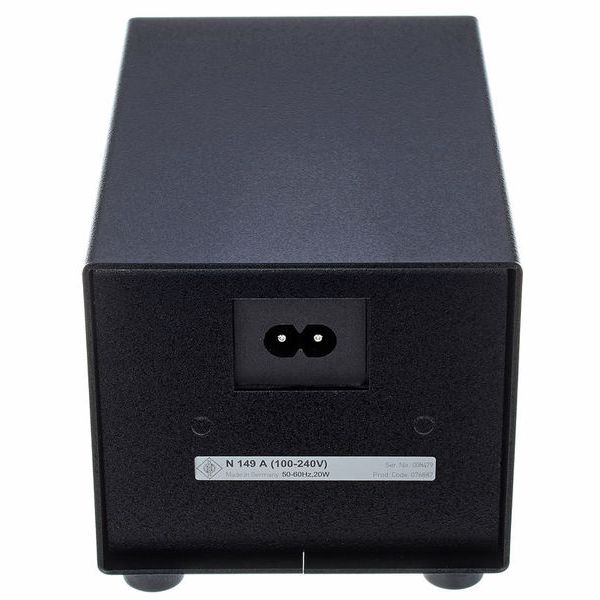
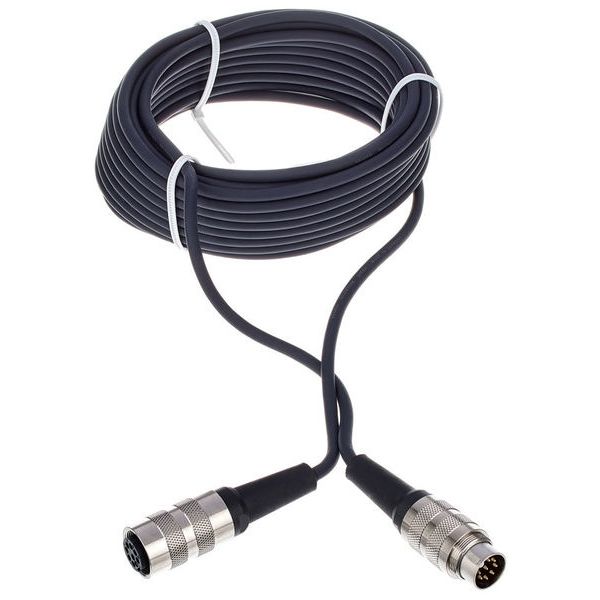
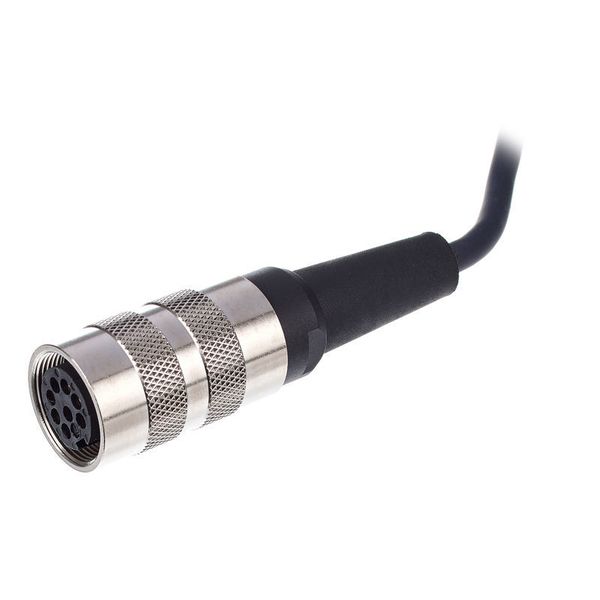
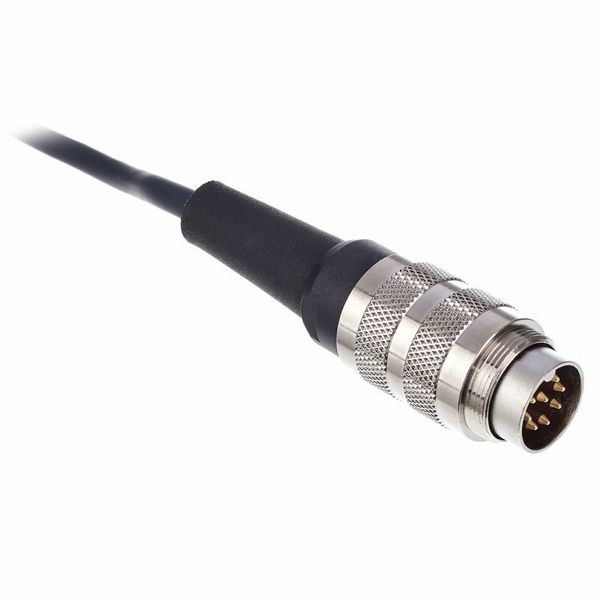
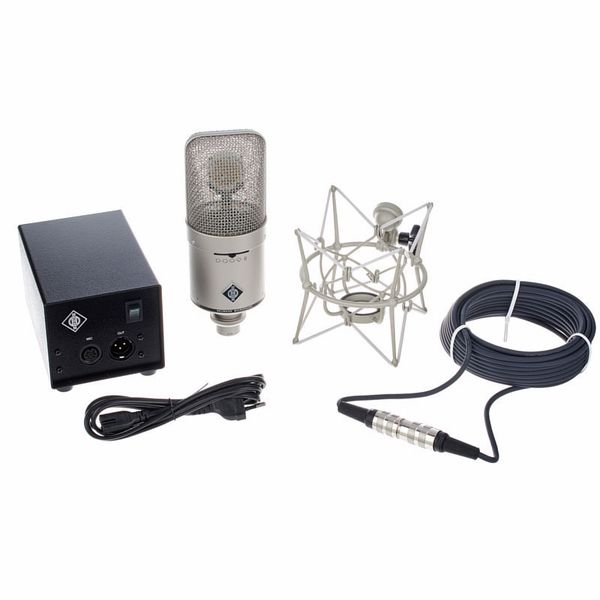

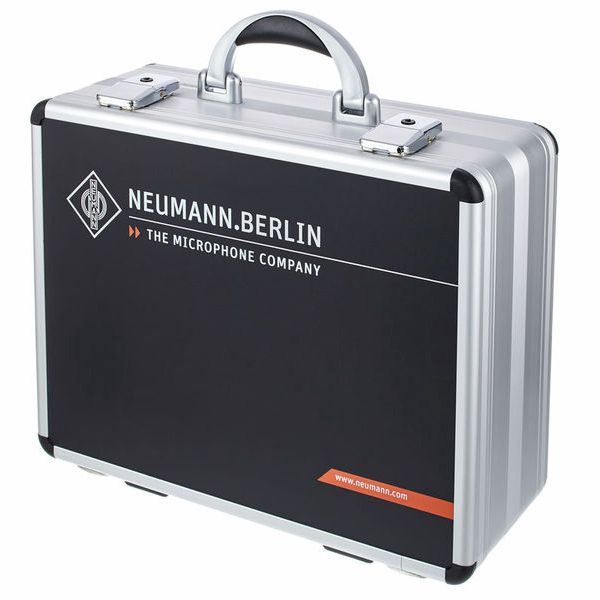






















)
)
)



